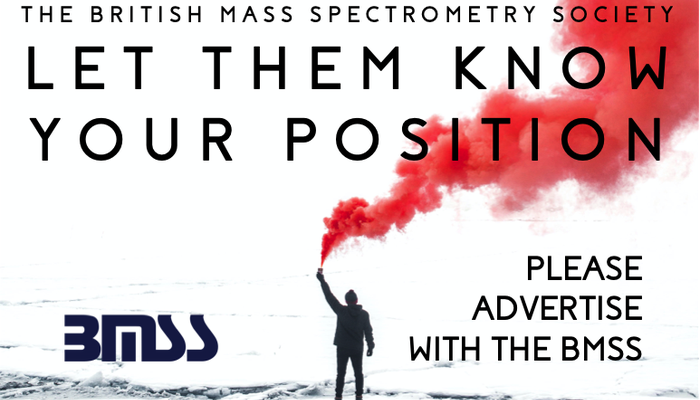Barber Prize
The BMSS awards the Barber Prize to the early career scientist’s oral presentation in honour of Mickey Barber who was known for his strong dis-like in giving oral presentations!
Michael (Mickey) Barber (1934-1991) received his BA and DPhil degrees from Oxford University. He then joined AEI Scientific Apparatus where he worked on the development of high resolution mass spectrometers, photoelectron spectrometers and even electron microscopes. The Barber-Elliott technique of metastable scanning allowed the experimental determination of the decomposition pathways of ions. He made major contributions to the amino-acid sequencing of peptides, fragmentation mapping, and the computer interpretation of mass spectra. He was head of the design team for the ES100 and 200 ranges of photoelectron spectrometers: the first compact high resolution electrostatic analysers used for high energy (ESCA) photoelectron spectroscopy (PES). His applications led to significant advances in the understanding of chemical shifts, satellite peak formation and spin splitting in organometallic compounds. In solid surface photoelectron spectroscopy he did pioneering work on angle resolved PES.
Following a move to UMIST in the 1970s, Mickey continued to develop novel instrumentation. His major achievement in this period was the development by his group of the first Fast Atom Bombardment (FAB) source for organic mass spectrometry. The prototype FAB source was fitted on a modified AEI MS902 soon to be followed by a commercial version on a reversed geometry VG ZAB-HF. FAB opened up a new area of chemical analysis especially for large and involatile biological molecules and pushed mass spectrometry to new limits of mass range. His group used FAB to obtain mass spectra from a range of “intractable” species (J. Chem Soc. Chem. Comm. 1981: 325-327). FAB provided non-thermally induced structurally-related fragmentation and a ready access to metastable information through 1st and 2nd field free fragmentations on the MS902, and through MIKES on the ZAB-HF. Molecules of biological interest could now be studied without the need for pre-treatment and FAB MS immediately became a key analytical technique for biochemists.
The next major step in his career was the founding of the UMIST Centre for Mass Spectrometry which became known as the Michael Barber Centre. The Centre opened in 1990 but, by then, Mickey was already suffering from the illness that was to lead to his untimely death in the following year.

